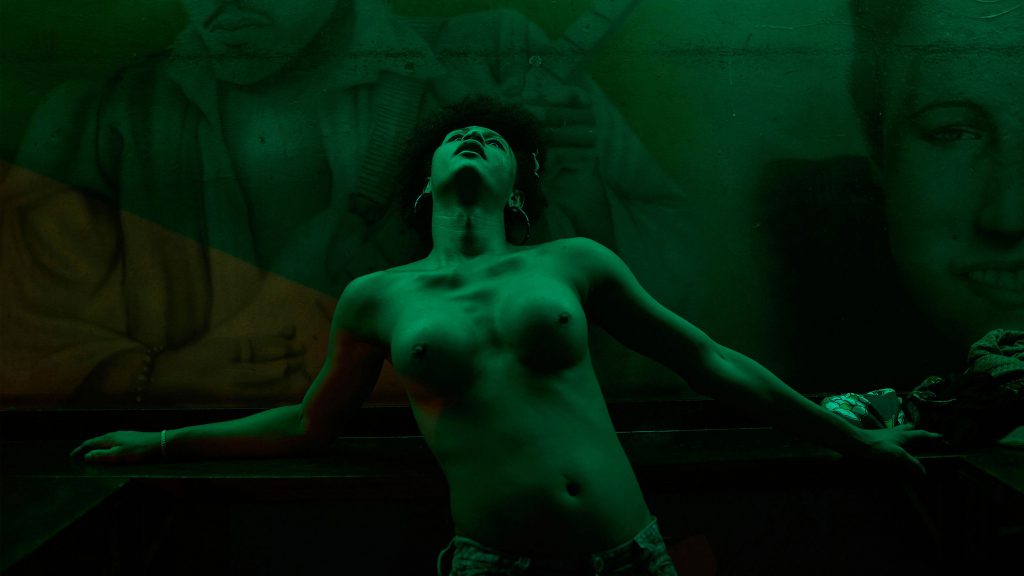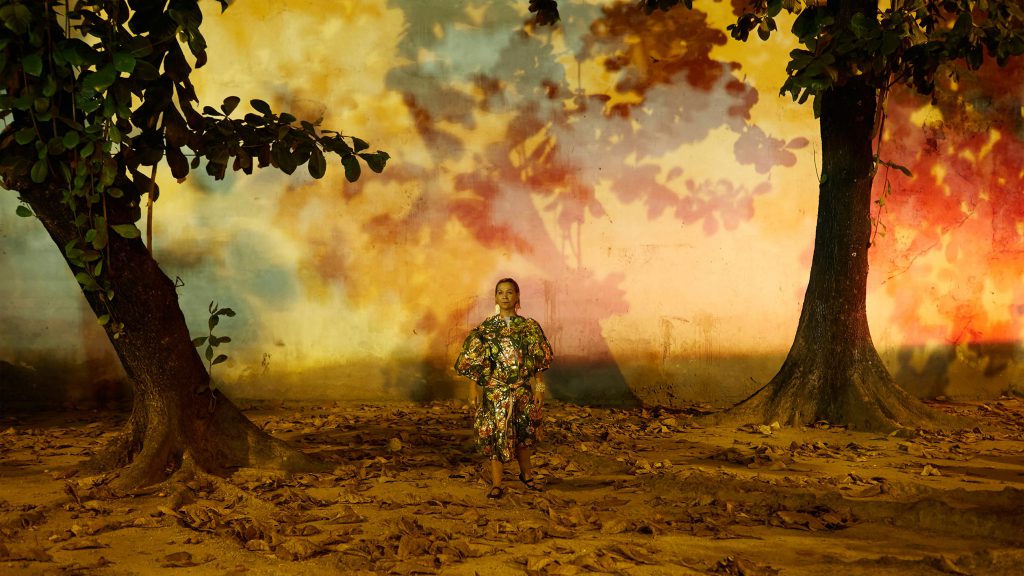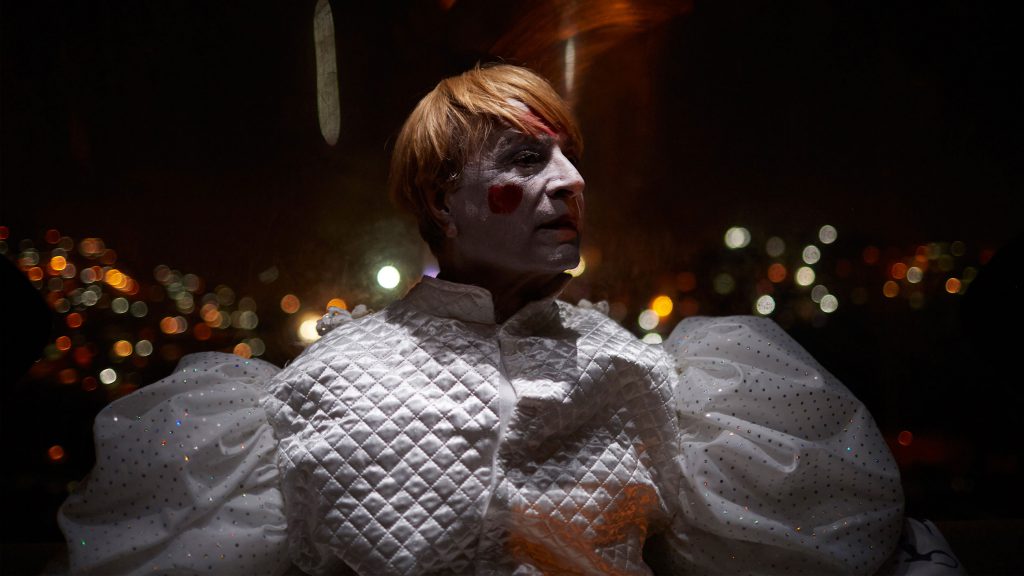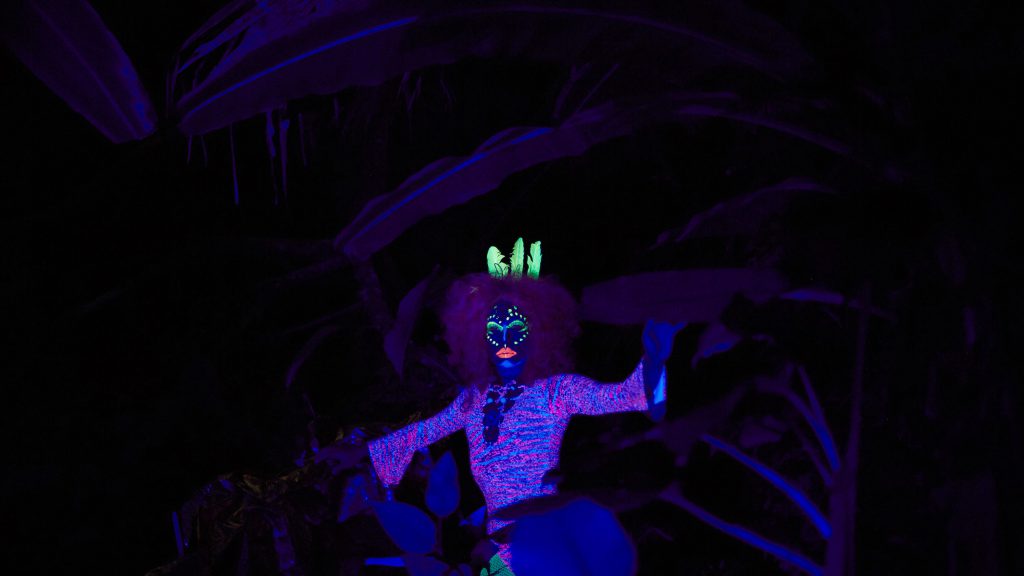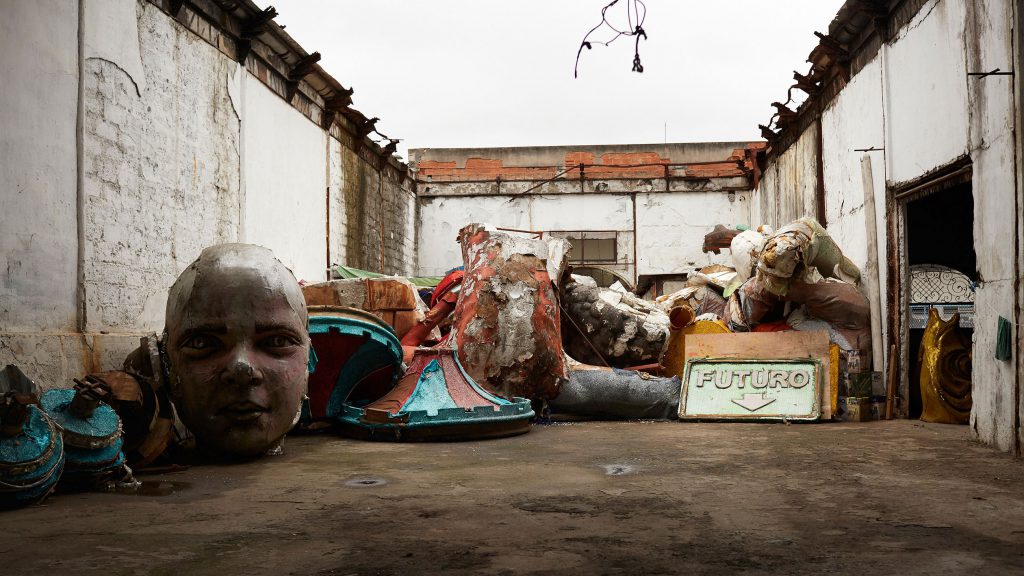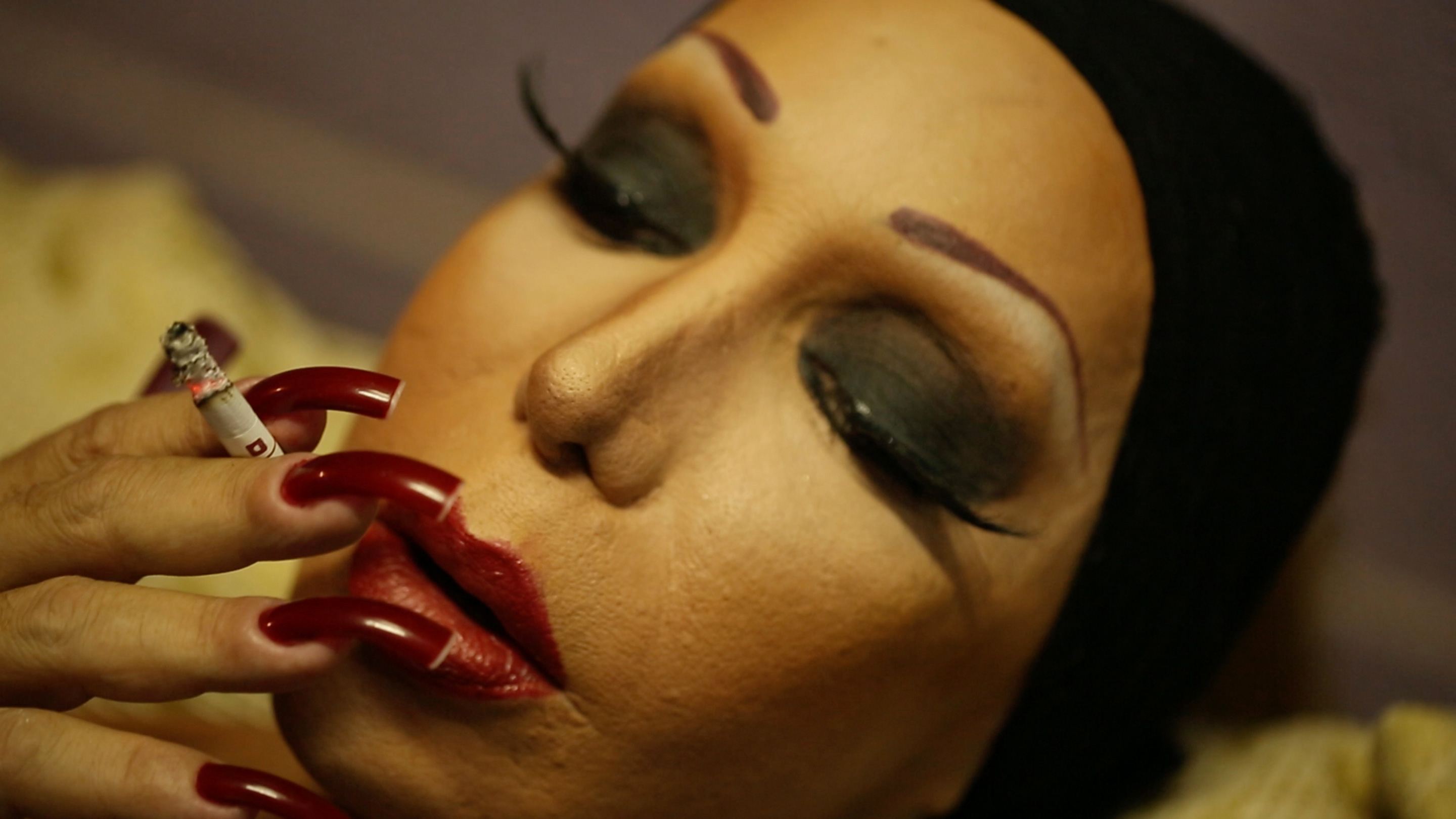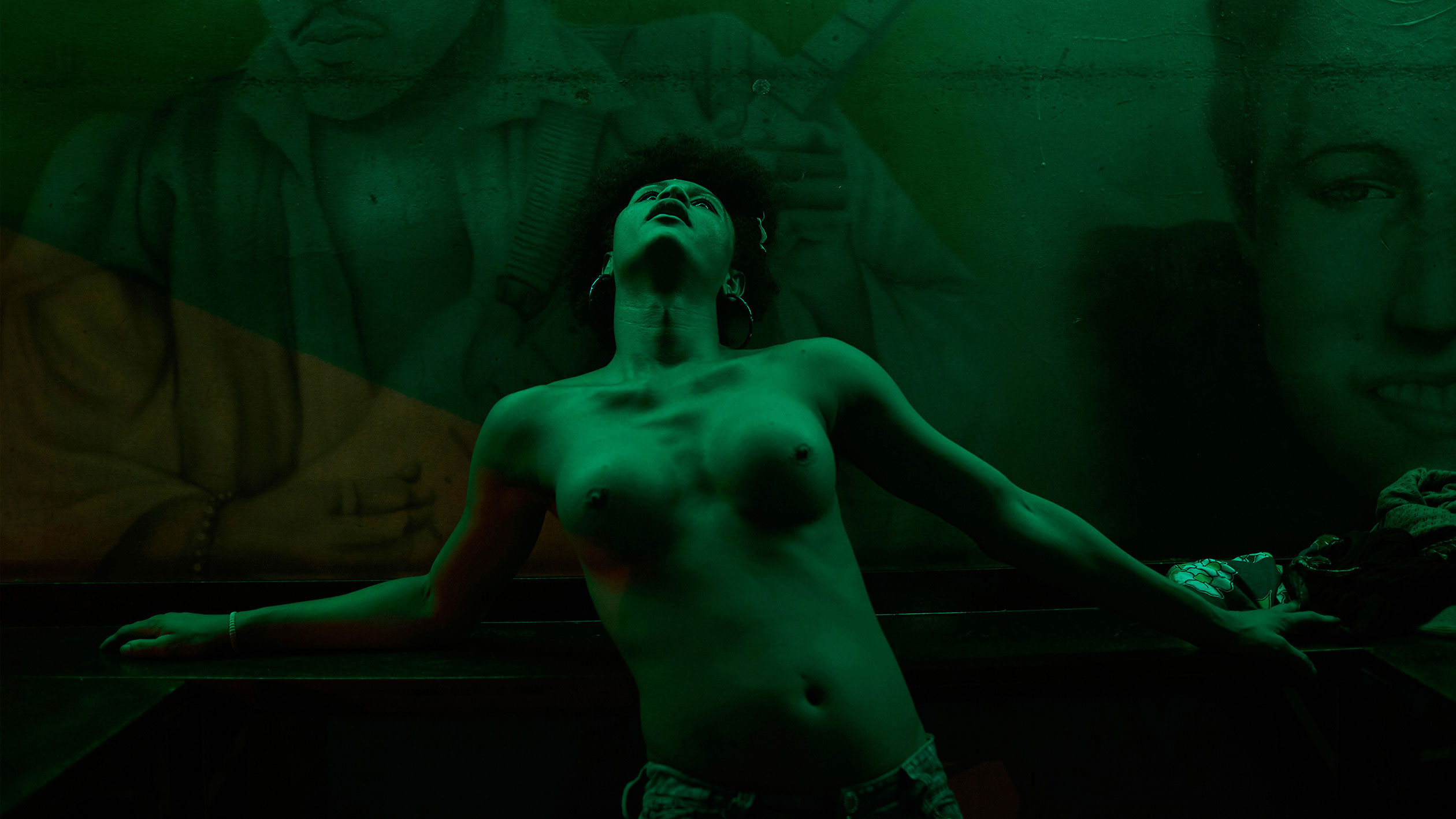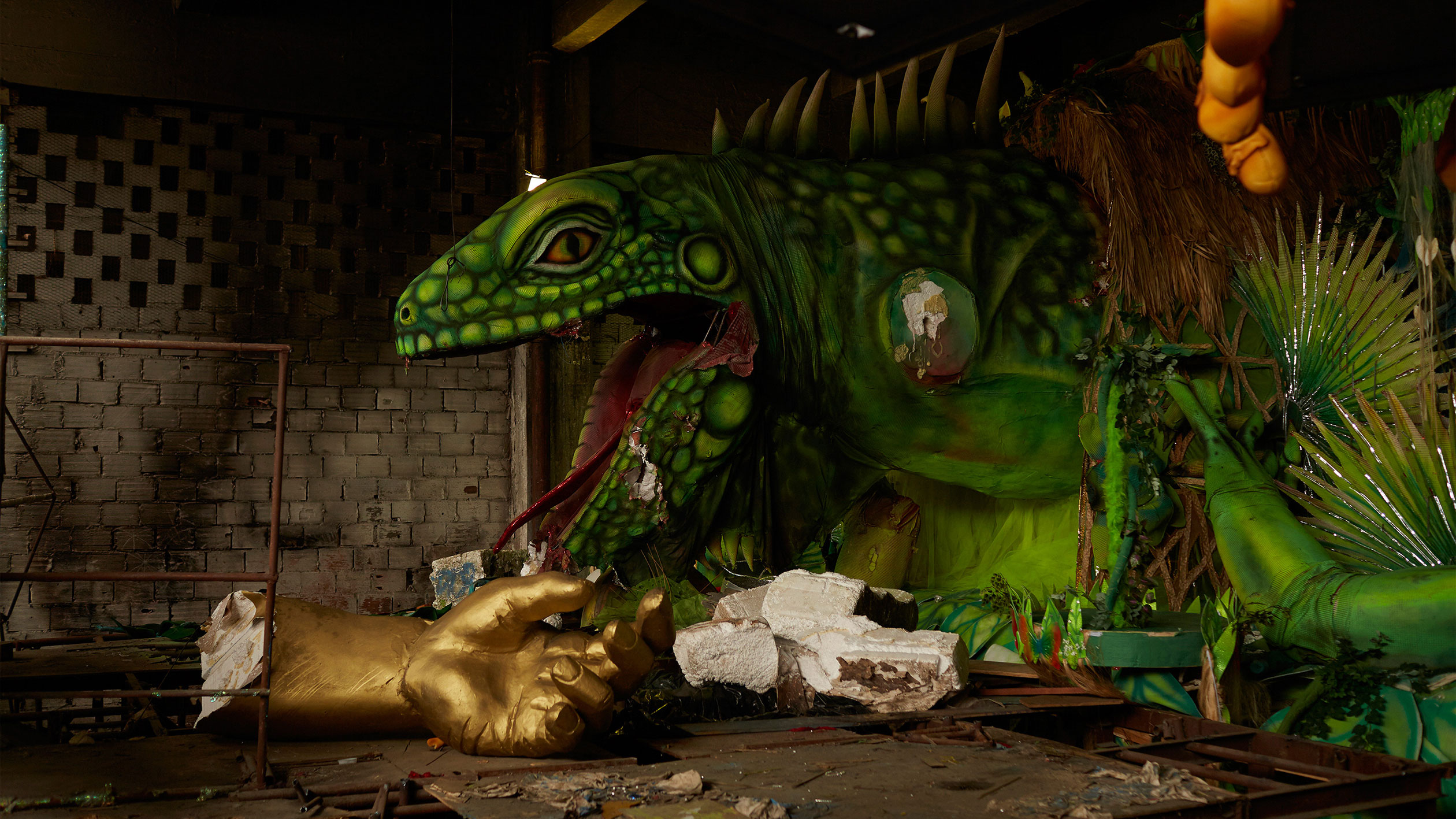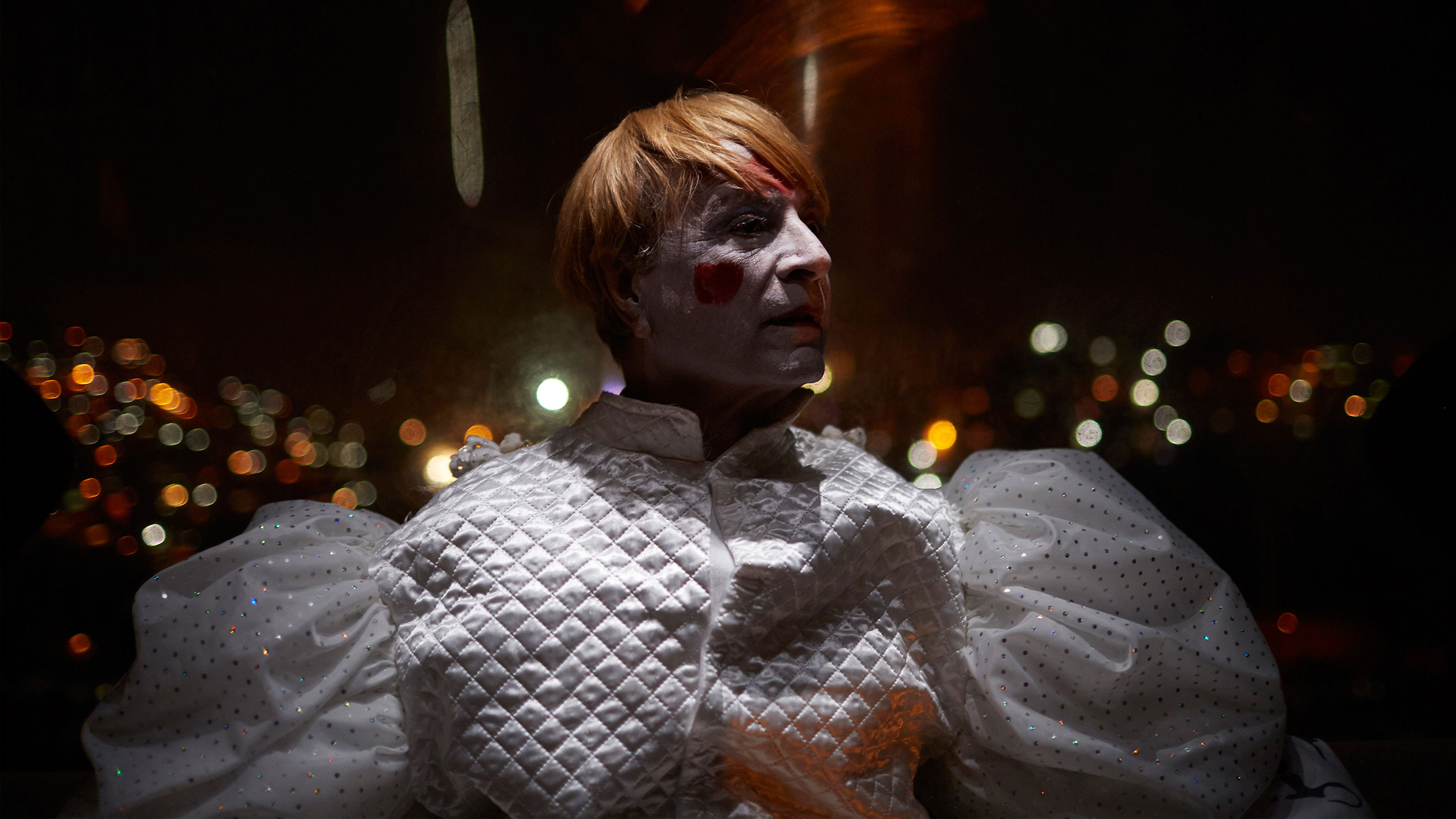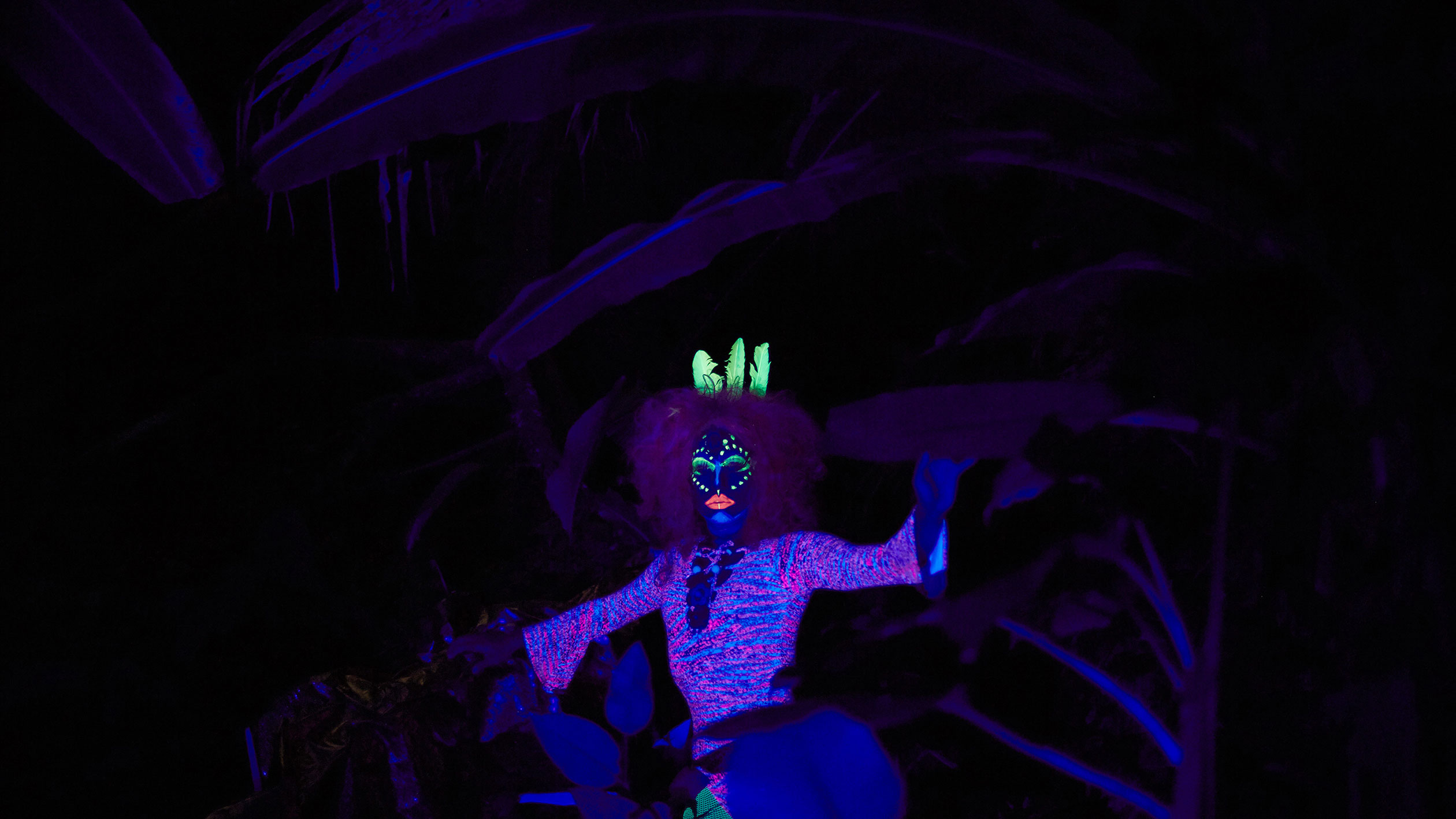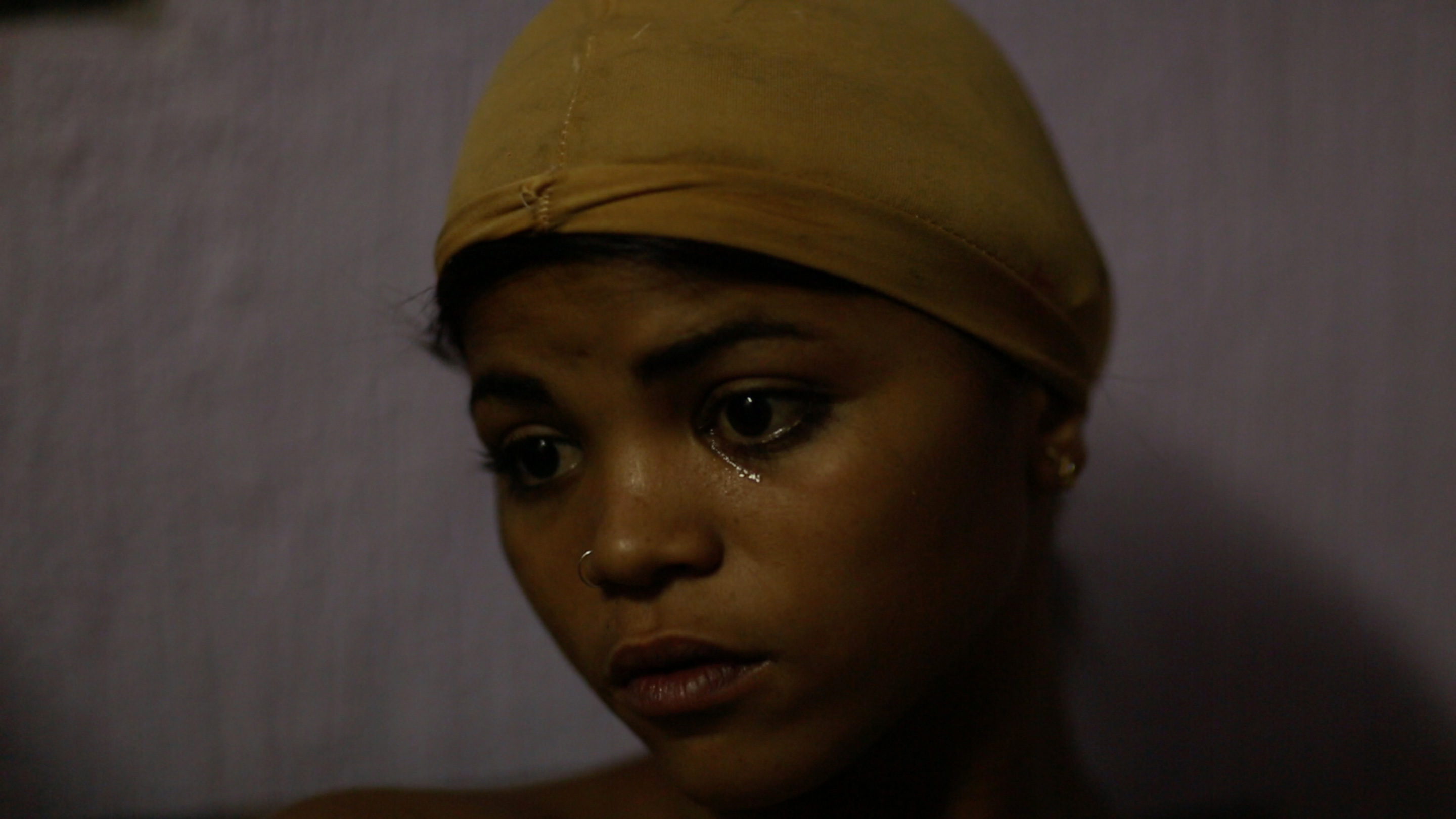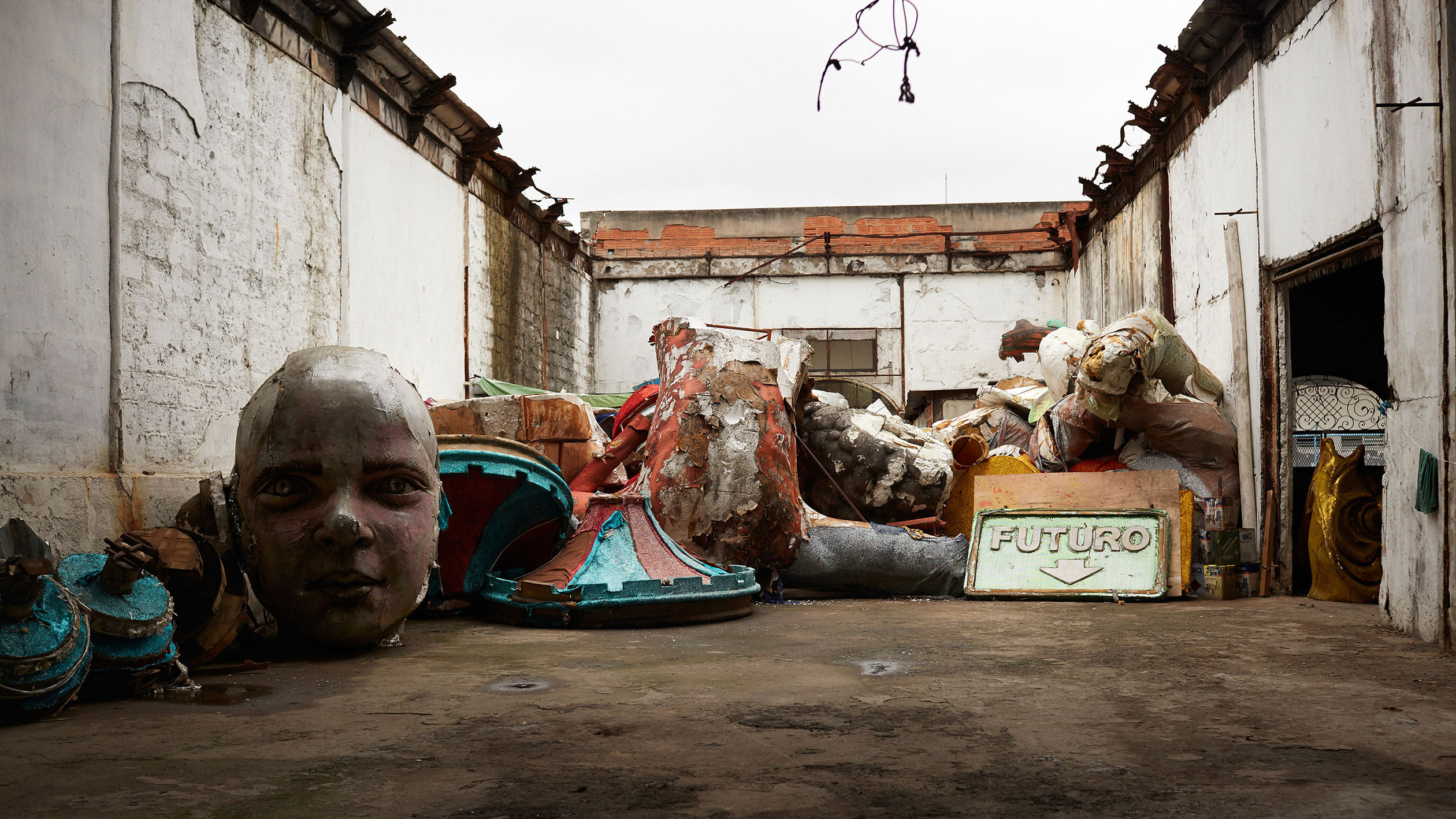I think that any consideration of Exotica, Erotica, Etc.—a film that is certainly a central, essential part of your work (its foundation, even?)—needs first of all to look at your working process. I’m thinking in particular of two main elements: on the one hand, the switch from the fixed to the moving image, and on the other, the striking range, in terms of both geography and time, over which the shooting of the film extends.
In fact, it’s about the time element in both cases. Exotica, Erotica, Etc. was initially a photographic and anthropological research project on the Mediterranean world before it became a film about desire and wandering, shot at sea during twelve voyages around the globe. From the Strait of Magellan to Asia, from Panama to the edges of the Black Sea, from the Mediterranean to the North Pole, the distances I traveled inevitably changed my relationship to images and their temporality. During these voyages, it gradually became clear that photography couldn’t capture life as it exploded in front of me. I continued to take photographs, but as I got to know people better, I felt I needed a bigger, less pure medium. For me, that was film and the moving image.
EB: The title, Exotica, Erotica, Etc., highlights the exotic dimension—that of extremes, from Greece to South America, the Mediterranean and the oceans, the polar environment and putting into port. Was this movement a central principle for you right from the start? What implications did it have for the editing?
EK: The notion of movement was always inherent in the project, given that you have to follow these sailors’ migrations yourself if you want to document their extreme, fragmented lives. But long before I made my film, Exotica, Erotica, Etc. was the name I’d chosen for a whole category of documents (images, writings) belonging to the vast research project I was working on from the Mediterranean: the desire to depart.
Shooting Exotica, Erotica, Etc. generated around 450 hours of rushes, a staggering and at the same time well-defined amount of material from the point of view of editing. When we were editing, we often had to let shots filmed in different places, sometimes years apart, inhabit the same sequence. In the end, it was the light in the different scenes that allowed us to weave all the elements of the film together, in voice-over fashion—according to my vision.
EB: When you see the images that were shot on board the ships, it’s hard not to think of the sublime—pitch-black darkness, overwhelming natural forces that seem to dwarf human existence. Another, somewhat obvious association that came to me was Herman Melville’s Moby-Dick, where there’s also this notion of “terrifying beauty.” In L’Abécédaire, Gilles Deleuze draws a parallel between Moby-Dick and Immanuel Kant’s Critique of Judgment: “We call that sublime which is absolutely great.” And, further down: in order “to be considered sublime,” nature must “be represented as inspiring fear.” What’s interesting here is that this is about the imagination—the sublime as a creation of the mind. I think the words in the voice-over, together with the images, generate something of the same order: the sea as an element that can never be tamed.
EK: Braving the “terrifying beauty” of nature is an absolute aesthetic experience. But I’m more sensitive to words than I am to images. Before I see, I have to imagine. The old sailors’ stories I collected in the first phase of my research triggered a sublimation process that my voyages finished by questioning. At sea, I saw for myself that a banal reality is the source of all the sea’s romance. Once that reality had been filtered through the old sailors’ tales, it turns into fiction. That’s how myths are born.
So I was interested in the raw “mythic” potential, not of nature, but above all of places and ordinary people, while at the same time not wanting to use the camera to make them sublime or exotic, or to dramatize them. From a technical point of view, I worked exclusively with natural or ambient light, and always with the same lens. But before I filmed, I wanted to live. I wanted to share a past with these vessels, these ports, these men and women. To paraphrase the Greek writer Zyranna Zateli, “In order to fascinate, I wanted first to be fascinated.”
EB: While the industrial monster only occasionally makes its presence felt in the background, the sea, its mythology, and its myths assert themselves as essential narrative material. The sea, which jealously defends its rights, but also Penelope and Ulysses, are elements that reveal a literary, poetic, and cinematographic framework in which the film unfolds. Could you talk about your references, anchor points, and inspirations?
EK: The references that sustain my work are anchored in both my Greek origins and my personal, stateless mythology. They include the works of Homer, Arthur Rimbaud, Charles Baudelaire, and Nikos Kavvadias. But what interests me most of all are human beings: their desires, their weaknesses, their relationships to passing time.
EB: The relationship to the body, the body growing older in this instance, and also relationships between men and women, are central issues in the film. Do you think the time you spent alone at sea, in these masculine worlds, faced with the complexity of the context and the technical difficulties involved in filming in it, influenced the way you wanted to paint this picture, which sometimes seems to portray women in a discourse about love and waiting, whereas men dream of setting sail and escape, of the “miracle of navigation”?
EK: The sailor-prostitute pairing has been explored over and again in fiction (literature, film), but hardly at all in documentaries. Before I made Exotica, Erotica, Etc., I knew I was looking for unknown heroes, men and women who could inspire a novel or a film. But I soon realized that reality overturns the stereotypes.
To start with, the conditions for filming were unusual in themselves. I was a young woman navigating a decidedly masculine environment alone, hoping to get up close to these men, to map their thoughts and desires. But once the study was under way, I came across several cases that went well beyond my expectations. What was I supposed to make of the sailor who hated his work, the constant departures? Where’s the miracle of the voyage when you’re sailing solely for the money? What fantasies does the image of the woman sailor convey, given that the job is increasingly open to women? So in the 450 hours of rushes that constitute the Exotica, Erotica, Etc. archive, there are several narratives, lives, and life choices. If the characters I chose to highlight in my film were Sandy and the Greek captain, it’s because, against all expectations, they had both the most original and the most authentic things to say.
Even the most fascinating places have their share of mediocrity and tedium. When you go to sea, you soon realize that few sailors dream nowadays. And only very few of them are able to articulate in an interesting way what it means to be a sailor today. The same applies to the women. What’s more, there was never any question of reporting on prostitution in port cities, or conducting a backstreet exposé. It was the stories that interested me, the personal fictions that constitute memory. Sandy has made a deeply affecting work out of her life. What the captain has to say amounts to a truth that surpasses the sad reality of his job. Thanks to them, Exotica, Erotica, Etc. becomes a declaration of love: to those men and women whose movements at the margins, and whose solitude, are essential for our societies to function—to exist, even.
EB: You use a very personal vocabulary, somewhere between the film essay and realism, in your work generally. Could you describe how you developed this language?
EK: Exotica, Erotica, Etc. was the first time I’d tackled an audiovisual work. The images in this film are some of the first I ever shot, and the resulting visual language was the only way I had to talk about my subject at the time.
I shot it without a crew. At any time, my thoughts could turn into images, then movement, in an organic way, without me having to use words, with no need to explain anything to anyone. I worked directly with the material and the light, in silence and total freedom. How close I got to the people I was filming depended on how the strictly personal encounters between them and me went. Sometimes it worked, sometimes it didn’t. Time was my only constraint.
I’m used to filming a lot when I’m shooting, which means that, subsequently, there’s a lot of raw material to work with in the cutting room—where the real choices are made, the writing of the project confronted with the rushes, when you dive into the filmed material. There needs to be osmosis with the editor and mutual trust for a work to be born, between timecodes and cuts. I myself owe a lot to the editor of Exotica, Erotica, Etc., Yorgos Lamprinos, for allowing me to make the film I wanted to make.
EB: Your new work, although it looks at a different context—one that nevertheless shares some features—seems to me to proceed in a similar way to Exotica, Erotica, Etc., weaving a human geography from the starting point of an individual, linked in this instance to the Rio de Janeiro Carnival. How was what you did this time influenced by your previous experience?
EK: Samba no escuro came about because I wanted to pay tribute to Rio de Janeiro, a city whose distinctive relationship to transfiguration, hedonism, and metamorphosis struck me when I was filming Exotica, Erotica, Etc. Ever since, Brazil has occupied a unique place among my wanderings because it allows me to constantly reinvent the notion of motherland. It’s the country that makes me desire my own country; it’s the reflection of my intimate Greece, where I rediscover the neighborhoods and the emotions of a childhood that was larger than life. But above all, it’s there that I discovered my own new world, the exhilarating world of film.
Questions to do with gender and disguise are central to this new project I’m preparing for the Biennial of Moving Images. As with Exotica, Erotica, Etc., it’s a work born of a specific human geography, explored by my filming it alone; that’s the condition on which not only the aesthetic quality of the project depends, but also the intimacy I manage to install between the camera and my subjects. Although this time I moved further away from the documentary in order to get right inside the territory of the fiction. Seen from that angle, Samba no escuro is a hybrid project, a forerunner of my films to come.

